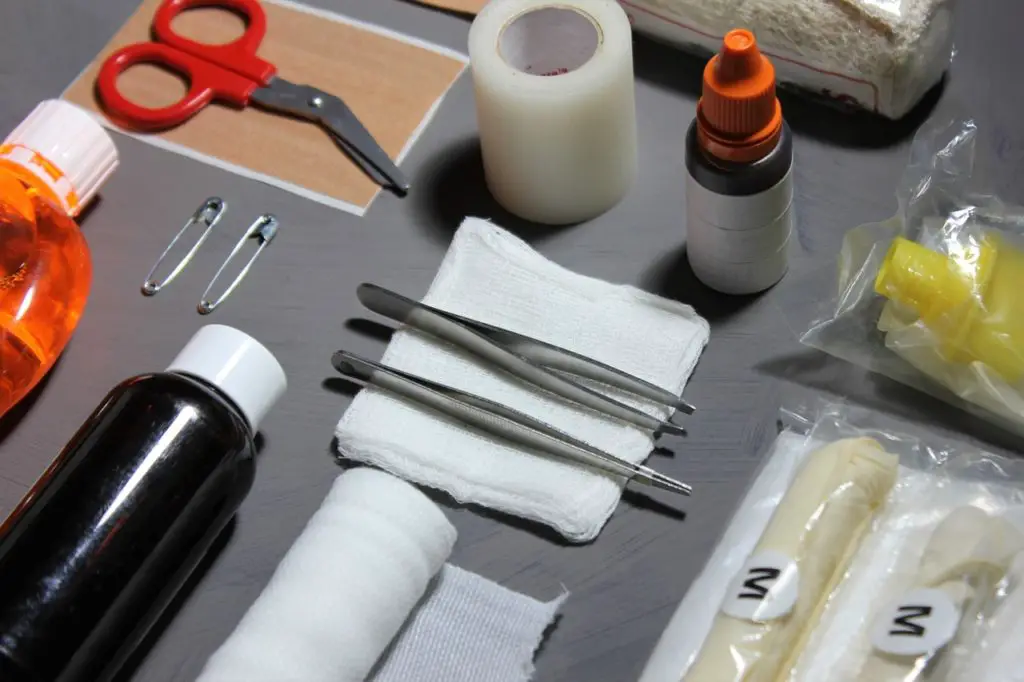Medical terminology has become quite complex over the past several hundred years. Some of the oldest medical terms were first recorded as far back as the 5th century BCE. In fact, medical terminology is now a required course for most health care fields.
This article will discuss the term “PRN” and its several meanings in medicine. PRN stands for “pro re nata” in Latin, which roughly translated means “under the present circumstances”. With that definition in mind, you can see how it relates to the following two different healthcare terms. One is PRN medication, and the other is PRN staffing. A detailed overview of both will follow.
PRN as it relates to medication
In the hospital setting, a nurse must have a written order from a physician to give any medications. Often, medications are administered on a “timed” basis. This simply means that meds are given at predesignated intervals and those times are written on the electronic medication administration record (eMAR) for the nurse to administer. For example, some medications are ordered to be given once in the morning, written like “take one tablet by mouth every morning”. There are also medications that are given every 4, 6, 8, 10, or 12 hours, and these are written with a “Q” in front, i.e., “take one tablet by mouth Q8”. This means take the tablet (pill) every 8 hours.
PRN, in relation to medication, means a medication order is written to be given as needed. For those who do not work in healthcare, this may seem normal because at home you take medication (such as Tylenol for headaches or Ibuprofen for back pain) on an “as needed” basis. Remember that a nurse must have a physician’s order to give any medication, thus the need for PRN meds to be added to the eMAR to be given at the nurse’s discretion.
Medications that treat nausea and vomiting are often written as PRN because the patient does need the medicine scheduled, or all the time, but only when they are feeling nauseated or if they vomit.
Pain medications are often given on a PRN basis as well since pain can vary greatly from day to day and even hour to hour. For example, the patient reports to the nurse that they are in pain after a surgery and report the pain to be a 7 out of 10. The nurse can then view medication orders on the eMAR and see what pain medications are available to give to the patient.
Doctors often write PRN medications that are never used by the patient, but it prevents the nurse or other healthcare provider from having to call to obtain additional physician orders. This means an order is in the eMAR to use the medication “as needed” but the patient might never actually need it.
To review, PRN medications are non-scheduled medications that are often administered at the nurse’s discretion. These medications are not ones that need to be taken daily but instead treat symptoms such as pain or nausea.
PRN as it relates to staffing
PRN in relation to staffing means a member of the healthcare staff that is hired on an “as needed basis”. Often hospitals have full-time, part-time, and PRN staff.
The full-time are required to work 40 hours a week and usually receive full-time benefits, such as health insurance, stock options, 401k matching, and paid time off, to name a few.
Part-time staff might be required to work anywhere from 10 hours to a maximum of 32 hours a week. Depending on the company, part-time employees can receive benefits, such insurance or 401k matching. However, usually health insurance for part-time employees is more expensive than if they were to work full-time. Some companies do this to encourage part-time employees to become full-time.
And then you have PRN employees. These employees are not eligible for benefits, such as health insurance, but their hourly rate is usually higher. PRN employees don’t normally have hourly requirements, often it is shifts per month or pay period. For example, a nurse who is PRN might make $40 per hour and be required to work 6 shifts a month versus a full-time nurse that makes $28 per hour and is required to work 36 hours per week.
Why use PRN employees?
Hospitals, clinics, surgery centers, and nursing staffing agencies utilize PRN employees to help “fill in the gap” when staffing runs low. Have several employees taking off for vacation at the same time? That’s fine, use PRN staff to fill the gaps. Or maybe you have a full hospital and require more staff this month, that’s fine, you can use PRN staff to help. Just like any business, healthcare fluctuates on how busy it is. For example, a restaurant will staff more servers for the dinner time rush, and hospitals staff more during busy periods as well, such as cold and flu season. However you look at it, PRN staff can help a variety of institutions in a variety of ways.
Why work as a PRN employee?
Employees who work in PRN positions do so for several reasons. One, a member of their household already carries health insurance, so they do not need to work a job that provides it. So, a PRN job is perfect for them. Second, a PRN job is a good second job for someone looking to make extra money and not worry about huge hourly requirements. More and more often we are seeing individuals who work one full-time job and a part-time job. This “side hustle” mentality is the perfect fit for someone to work a PRN job.
Wrap up
PRN stands for “pro re nata” in Latin, which roughly translated means “under the present circumstances” and this article reviews the two different meanings you can find in healthcare for PRN. The first has to do with medications and how they are ordered, PRN medications are used on a as needed basis. The second has to do with staffing of healthcare institutions (hospitals, clinics, surgery centers, urgent cares, etc.). A PRN staff member will make a higher hourly wage, be required to work a minimum number of shifts but does not have the option for company health insurance.
Sources:
- Vaismoradi, M., Jordan, S., Vizcaya-Moreno, F., Friedl, I., & Glarcher, M. (2020). PRN Medicines Optimization and Nurse Education. Pharmacy (Basel, Switzerland), 8(4), 201. https://doi.org/10.3390/pharmacy8040201
- https://www.dictionary.com/browse/prn
- Kirsi Hipp & Mari Kangasniemi (2022) Patient Participation in Pro Re Nata Medication in Forensic Psychiatric Care: Interview Study with Patients and Nurses, International Journal of Forensic Mental Health, 21:3, 228-240, DOI: 10.1080/14999013.2021.1965267
- https://apd.myflorida.com/providers/medication-administration/docs/MAR-HOW-TO.pdf
- https://international.anl.gov/training/materials/AL/Hayden/Staffing%20Budget_white_paper.pdf




